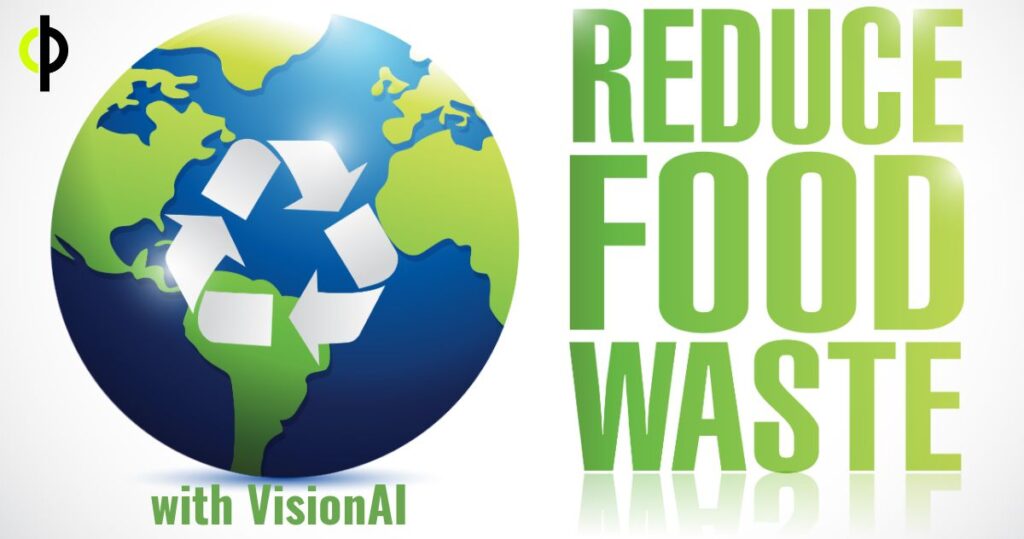
One of the biggest ongoing tragedies in our lifetime is the fact that millions of tons of food (estimated at 1.3 billion tons globally, annual) end up in the trash bins every year. It is not a geography-specific tragedy. Food waste happens across the world, its immensity undiminished whether it be Europe, America, Africa or Asia. The problem is so acute that the United Nations has put a target of curbing food waste by 50% by 2030.
Waste happens across the entire value chain, from farm to processing centres to distribution outlets to households to kitchens and to tables. Studies have shown that whereas kitchens and households are the areas contributing the most to food waste, it is the production and processing phases that account for 30% of the food being destroyed.
Artificial Intelligence a valuable tool
AI has been revolutionizing the food industry and has made it possible for companies to drastically reduce their food waste. Thanks to AI, these companies have become SMART through these two routes: Forecasting Demand more accurately to improve planning and production processes, and Detecting and Analysing Food waste Data for superior decision-making.
Better planning through AI-based Demand forecasts
Several data-based algorithms are already in use to improve production planning and process-efficiency, particularly to control excess production and aesthetic quality fluctuations that may depend on the raw material used. AI is also extensively used to forecast requirements, which has helped tremendously in reducing waste of perishable food like vegetables and fruits that spoil quickly or meat and other products that have an expiry period. It is now a proven fact that AI and ML methods are most effective in those functions that are predictable and controllable.
Production processes based on accurate forecasts and analysis of customer behavior obtained from such an IT eco-system help in optimizing inventory levels, expiry dates and time to market. The end result is less waste, less price fluctuations and more profits. As food companies and AI developers work together more, innovation and remarkable outcomes are bound to be plentiful.

Computer Vision for analyzing Kitchen Waste
Data of food that is thrown away is the most important information which can help in fighting food waste. Since manual collection of this data is not practical on a long term basis, cameras trained by AI software to identify and classify discarded food will play a crucial role in this battle against food waste in kitchens, hotels, restaurants and hospitals.
Waste bins are literally turned into AI-enabled bins that detect and record the discards. Information on weight and cost of discarded waste can also be captured by incorporating AI-powered scales. By helping kitchen management and policy makers to improve food preparation methods, revise menu card options and make better buying decisions, insights provided by the data can be the core for building critical applications to drive waste reduction.
The food industry is also working towards establishing a pool of AI algorithms that have been successfully implemented, so that more data gets shared across multiple users. This also helps the AI model to be trained on a continuing basis. It is gratifying that some of the top food corporates have pledged to share details of their successful programs that have enabled them to fight food waste, so that others can also benefit from them.